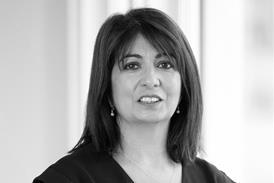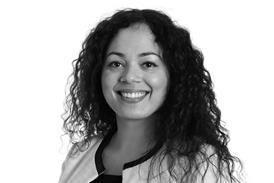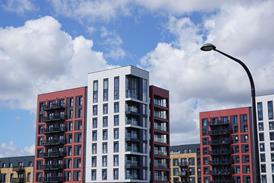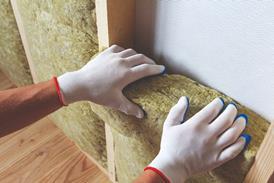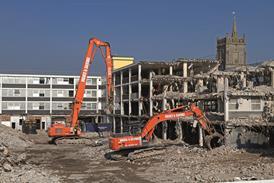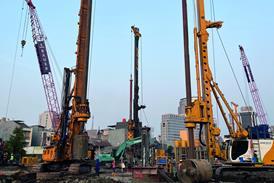Speaking at the launch, Lighting Division chairman Bob Venning hailed a "bright future" for the Society. "It has come at a critical time in Institution affairs," he said.
"The Society will give the lighting profession a degree of self-governance that it does not have as the Lighting Division," said Venning. "We will set our own rules and standards and open the door to anyone with an interest in high lighting standards. This will include professionals such as vision researchers, architects, psychologists, contractors and manufacturers."
While the Society will officially subsume the Lighting Division in June next year, the roll-out of the Society will begin in January. At that time, existing Lighting Division members will become founder members of the Society – a company limited by guarantee.
Society members will then be sent application forms for corporate membership (designatory letters: MSLL), which will be assessed by an interim education and membership committee. D-day for the Society is the 6 June, when the newly elected Council of the Lighting Division will take over the running of the Society.
Venning pledged the Society to improve the "parlous state" of lighting education. "The Society will need to liaise with other bodies to find common ground, like the Electrical Contractors' Association," he said.
The move to give CIBSE lighting engineers greater autonomy comes 21 years after the uneasy marriage between the Illuminating Engineering Society and the Institution of Heating and Ventilation Engineers.
Lighting scholar Robin Aldworth recalled the "shenanigans" that accompanied the 1978 merger. "The advantages of being in a chartered qualifying body were clear, however we inevitably lost that important minority of non-engineers – designers, architects, physicians – that are an important ingredient of a learned society," he recalled.
"I celebrate and welcome the Society of Light & Lighting, but it does not get to the nub of the problem," he said. "We are a divided profession across several disciplines and we still have a battle on our hands." The joy of the Lighting Division is in marked contrast to the reaction of the Institution of Lighting Engineers (ILE), which expressed "consternation" at the "unexpected and unannounced" formation of the Society.
The ILE had blocked a bid by the CIBSE to form a fully fledged Institution of Light & Lighting. The ILE then viewed subsequent discussions on the possible creation of a single lighting body as tantamount to a takeover of the Lighting Division.
"The whole purpose of the talks was to eradicate confusion and duplication of effort within the lighting profession," said ILE spokesman Patrick Baldry. "This new body, with declared objects identical to those of the ILE, negates the very strong message we have sent to the profession about the exciting prospect of a new single organisation," he said.
ILE President Clive Lane added that it was "galling" that the spirit of co-operation had not been reciprocal.
Despite the friction, the two bodies will push ahead with plans for their joint conference, scheduled for July 2000 at the University of York.
More details on the Society of Light & Lighting will be published in the December issue of Building Services Journal's sister magazine Light & Lighting.
Source
Building Sustainable Design




